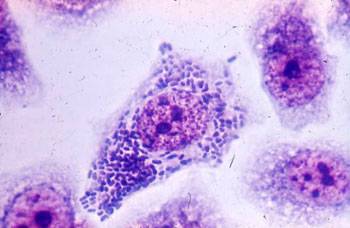Serotipos y resistencia antibiótica en Shigella spp aisladas de infecciones intestinales, Lima, 2012
DOI:
https://doi.org/10.33017/RevECIPeru2013.0005/Keywords:
Shigella, serotypes, resistanceAbstract
The global distribution of serogroups in Shigella is not equal across regions. The objective is to determine serotypes, the frequency and pattern of resistance to antimicrobial agents of cultures of Shigella spp. isolated from intestinal infections. The 75 cultures of Shigella spp., identified biochemically and serologically, were evaluated for serogroup and serotype, by agglutination on slide. Antibiotic resistance patterns were determined by disk agar diffusion method. Of the 75 strains of Shigella, 54 were Shigella flexneri (72%) and 21 Shigella sonnei (28%). Of the 54 strains of Shigella flexneri, 48,15% proved serotype 2a, while 12,96% corresponded to the 1b and 6 serotypes one each, than the serotype 3a with 11,11%, and finally the serotypes 1a, 4b and 2b, with 5.56%, 5,56 and 3,70%, respectively. Antibiotic resistance observed in cultures of Shigella, regardless of the serogroup, was very frequent for Sulfametoxazol Trimetoprim, ampicillin, chloramphenicol, and tetracycline; in addition, some strains were resistant for Aztreonam, furazolidone and amoxicillin-Clavulanic acid. The serotypes of Shigella flexneri from intestinal infections, in Lima, are 2a - 1b - 6- 3a - 1a - 4b -2b; the most frequent is the 2a, followed by 1b and 6 serotypes, and the resistance pattern observed in Shigella spp., was elevated to trimethoprim-sulfamethoxazole, tetracycline, chloramphenicol and ampicillin.


